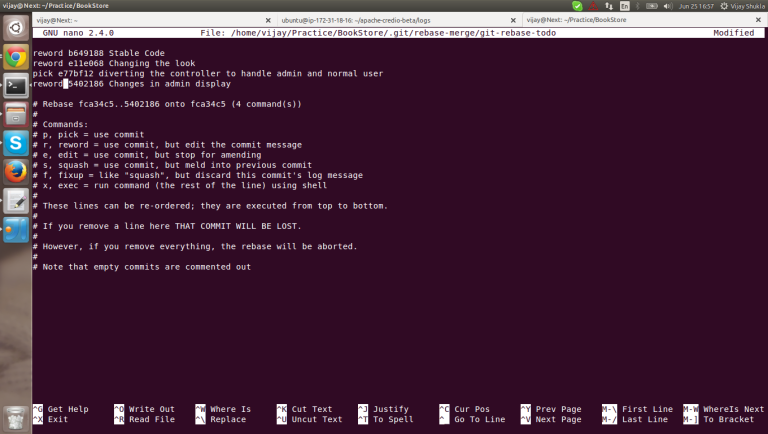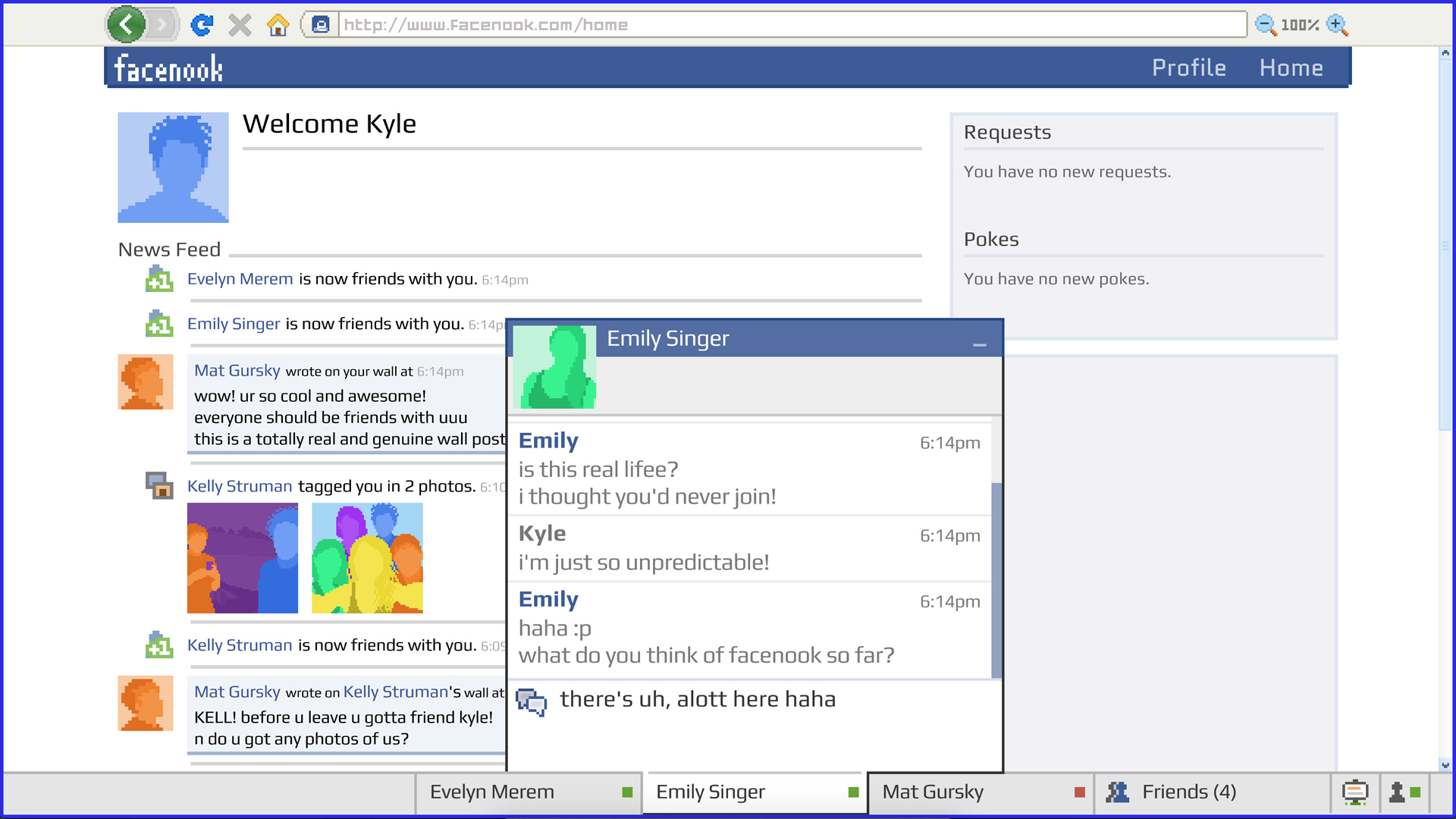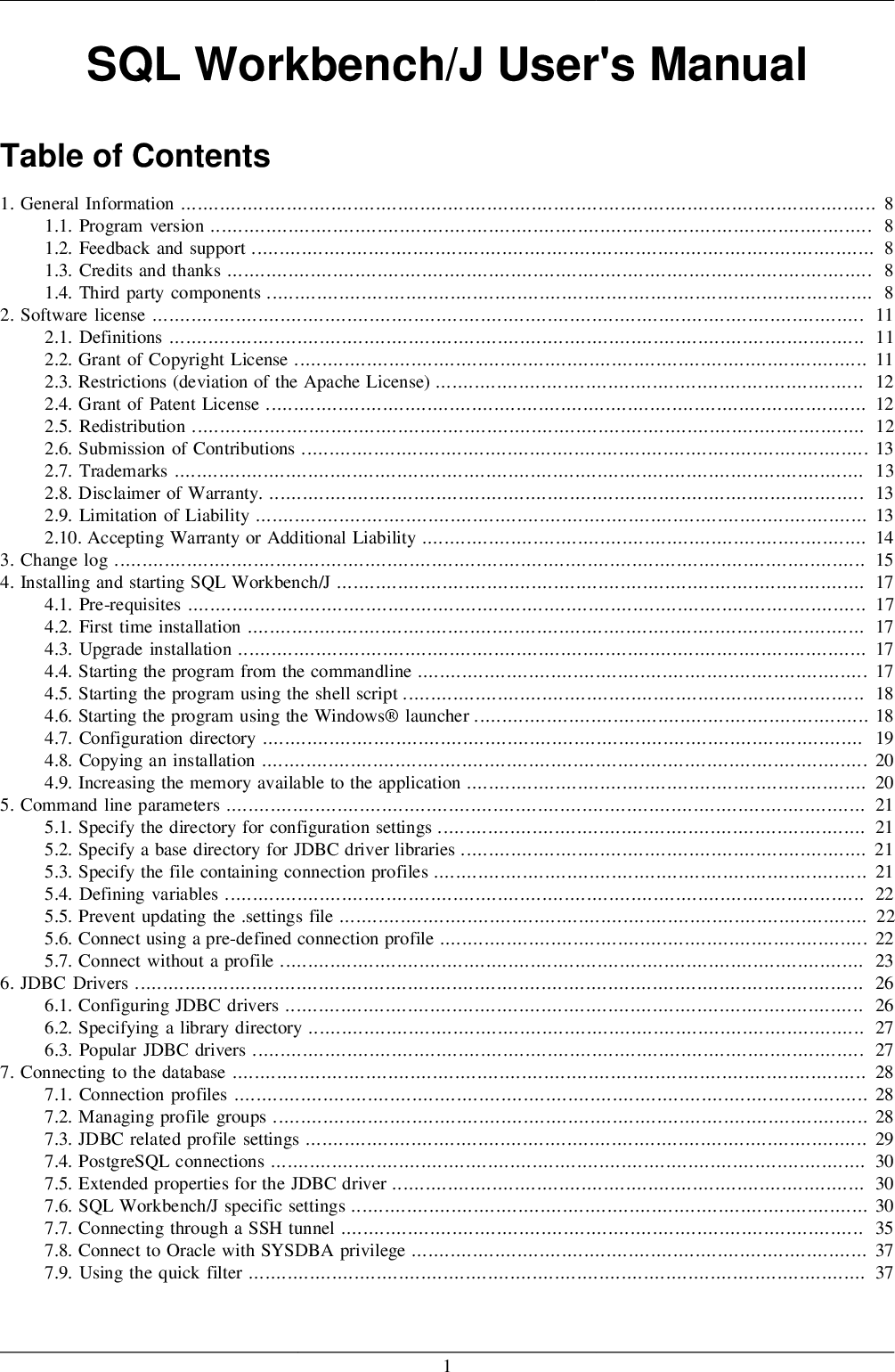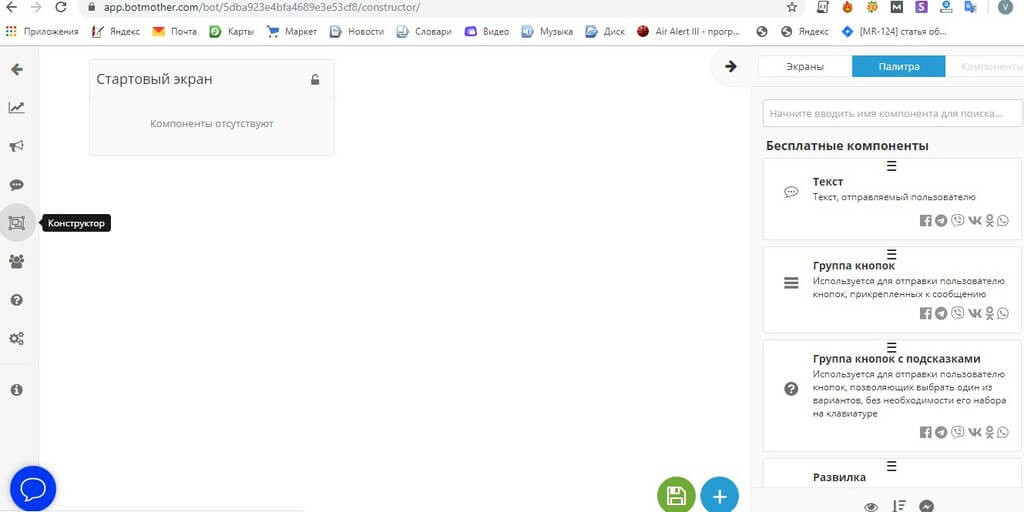Push ruleDescriptionRemoval of tags with git pushForbid users to remove Git tags with git push. Tags can be deleted through the web UI.Check whether the commit author is a GitLab userRestrict commits to existing GitLab users . Read signing commits with GPG.Prevent pushing secret filesGitLab rejects any files that are likely to contain secrets. See the forbidden file names.Require expression in commit messagesOnly commit messages that match this regular expression are allowed to be pushed. Uses multiline mode, which can be disabled using (?-m).Reject expression in commit messagesOnly commit messages that do not match this regular expression are allowed to be pushed.

Uses multiline mode, which can be disabled using (?-m).Restrict by branch nameOnly branch names that match this regular expression are allowed to be pushed. 2 Leave empty to allow all branch names.Restrict by commit author's emailOnly commit author's email that match this regular expression are allowed to be pushed. 1 2 Leave empty to allow any email.Prohibited file namesAny committed filenames that match this regular expression and do not already exist in the repository are not allowed to be pushed. See common examples.Maximum file sizePushes that contain added or updated files that exceed this file size are rejected. Imagine working on a feature branch, you pulled some changes, created a few commits and completed your part of the feature and pushed your changes up to the main repository. Then you squashed the commits into one, using git rebase --i and pushed again using push --force.

But something bad happened and you want to restore your branch to the way it was before the rebase -i. Now, the great thing about Git is that it is very best to never lose data, so the version of the repository before the rebase is still available. Run the git push command followed by the --force flag to force the push the changed commit messages to a remote git repository. To modify a commit that is farther back in your history, you must move to more complex tools. Git doesn't have a modify-history tool, but you can use the rebase tool to rebase a series of commits onto the HEAD that they were originally based on instead of moving them to another one. With the interactive rebase tool, you can then stop after each commit you want to modify and change the message, add files, or do whatever you wish.

You can run rebase interactively by adding the -i option to git rebase. You must indicate how far back you want to rewrite commits by telling the command which commit to rebase onto. In this case, we'll use the git reflog command which outputs a detailed history of the repository. For every "update" we do in our local repository, Git creates a reference log entry. Git reflog command outputs these ref-logs which are stored in our local git repository. The squashing process is dangerous if your branch has already been published in the remote repository.

Thus, it is best to squash on the local branch before pushing. Which displays the git rebase -i HEAD~n last n commits of thecurrent branch you are in. So if you are not actually in thebranch which contains the commit message you want to change, youhave to checkout into that branch first with the commandgit checkout branchname. In my recent case, for instance, it was the masterbranch, so the command would be git checkout master. To review,git commit --amendlets you take the most recent commit and add new staged changes to it.

You can add or remove changes from the Git staging area to apply with a --amend commit. If there are no changes staged, a --amend will still prompt you to modify the last commit message log. Be cautious when using --amend on commits shared with other team members. Amending a commit that is shared with another user will potentially require confusing and lengthy merge conflict resolutions. If you discover that you want to change a single commit in your Git history, you would need to manually commit based on the commit you're about to change and perform a git rebase.

Fixup commits produce commits that fix a specific commit in history by appending a commit with message fixup!. An interactive rebase with --autosquash option will then merge the original commit and the fixup into a new commit and rebase the subsequent commits. Therefore a simple git push will fail and we will have to bypass the "fast forward" rule. This involves committing them locally to record the snapshot of your repository to the project history, and then pushing them to the remote repository so that they become available to others. Git is a version control system for tracking changes in computer files. It helps in coordinating work amongst several people in a project and tracks progress over time.

Unlike the centralized version control system, Git branches can be easily merged. A new branch is created every time a developer wants to start working on something. This ensures that the master branch always has a production-quality code.

An interactive rebase mode allows you to combine your commits into even a single commit. While working in Git, developers often make temporary commits that may have not appropriate commit messages. Before merging those commits to the master, it is necessary to combine them into a single commit with clear and comprehensive commit message. It is essential to do for having a clear commit history.

If not, a new change with the given Change-Id is created. If it's in feature branch I just do hard reset and force push. Revert commit is best solution to revert merge pull request in main/master branch. Once you have done changing the commit messages, you can git push -f to remote branch.

You can modify the most recent commit in the same branch by running git commit --amend. This command is convenient for adding new or updated files to the previous commit. It is also a simple way to edit or add comments to the previous commit.

Note that if the commit you're reverting deleted a file, then this will add it back. Similarly, the final checkout will not remove a restored file that you chose not to add; you'll have to remove it yourself. You can use git reset --hard or git clean, but be careful not to accidentally remove other untracked files or revert other working tree changes you may have. Each regular Git commit will have a log message explaining what happened in the commit. These messages provide valuable insight into the project history.

During a rebase, you can run a few commands on commits to modify commit messages. Squashing pull request means to combine all the commits in that request into one to make it easier to read and clean the history of the main branch. To achieve that you should to use interactive mode of the git rebase command described above.

Why would you choose to do a revert over a reset operation? If you have already pushed your chain of commits to the remote repository , a revert is a nicer way to cancel out changes for them. Git commit --amendis a Git command tailor-made to preserve your grammatic integrity and maintain repository cleanliness. It will allow you to edit your Git commit message or change the content of the last commit you've made. If you need to fix the commit messages of several commits or of any commit other than the last one you have to do an interactive git rebase for the affected commits.

While doing the interactive rebase you can e.g. choose reword for those commits for which you want to fix the commit messages. For a detailed description of git rebase please check the Git documentation. The command above loads the previous commit message into an editor session, where you can make changes to the message, save those changes and exit.

When you save and close the editor, the editor writes a new commit containing that updated commit message and makes it your new last commit. The -n option to git revert tells Git to apply and stage the reverted changes, but stop short of making a commit. You then unstage all the changes with git reset, and restage only those you want using the interactive git add -p. Finally, after committing the subset of changes you want, you discard the rest by checking out the contents of the index, overwriting the remaining applied changes from git revert. If you have included sensitive information in a commit message, force pushing a commit with an amended commit may not remove the original commit from GitHub.

The old commit will not be a part of a subsequent clone; however, it may still be cached on GitHub and accessible via the commit ID. You must contact GitHub Support with the old commit ID to have it purged from the remote repository. If you need to amend the message for multiple commits or an older commit, you can use interactive rebase, then force push to change the commit history.

If the commit only exists in your local repository and has not been pushed to GitHub.com, you can amend the commit message with the git commit --amend command. The net effect of the git revert command is similar to reset, but its approach is different. Where the reset command moves the branch pointer back in the chain to "undo" changes, the revert command adds a new commit at the end of the chain to "cancel" changes. The effect is most easily seen by looking at Figure 1 again. If we add a line to a file in each commit in the chain, one way to get back to the version with only two lines is to reset to that commit, i.e., git reset HEAD~1. Sometimes commit hooks are used to automatically insert/update information in the commit message.

Many times, when working with Git, you may want to revise your local commit history. One of the great things about Git is that it allows you to make decisions at the last possible moment. The --force push command disables this check and lets you overwrite the remote repository, thus erasing its history and causing data loss. Under the hood, when you choose to force push, WebStorm performs the push --force-with-lease operation which is a safer option that helps you ensure you do not overwrite someone else's commits .

Git reset is a versatile command, with several modes and actions. It always moves the head of the current branch to a given commit, but differs in how it treats the working tree and index; in this usage, it updates the index but leaves the working tree alone. The HEAD ref refers to the tip of current branch as always, and the trailing tilde names the commit prior to that one . Thus, the effect of this command is to move the branch back one commit, discarding the latest one .

If you use git commit --amend without making any changes to the index, Git still allows you to edit the commit message if you like, or you can give the new message with the -m option. This still requires replacing the last commit, since the message text is part of the commit; the new commit will just have the same content as the previous one. Fixup or 'f' has the same combining effect as squash.

Unlike squash, fixup commits will not interrupt rebase playback to open an editor to combine commit messages. The commits marked 'f' will have their messages discarded in-favor of the previous commit's message. To modify older or multiple commits, you can use git rebase to combine a sequence of commits into a new base commit. In standard mode, git rebase allows you to literally rewrite history — automatically applying commits in your current working branch to the passed branch head. Since your new commits will be replacing the old, it's important to not use git rebase on commits that have been pushed public, or it will appear that your project history disappeared. If you amend the HEAD commit and push usually (without --force) then surprisingly it does not fail.

HEAD commit message is updated with the changed commit Id. It means other commit IDs except HEAD remains intact. If you want to make further changes to the same pull request you've already submitted, you can do so by making more commits on the same local branch and then pushing them as explained previously. There is no need to create a completely new pull request.

Just make sure you are making them on the same branch as before. A change consists of a Change-Id, meta data (owner, project, target branch etc.), one or more patch sets, comments and votes. Each patch set in a change represents a new version of the change and replaces the previous patch set. This means all failed iterations of a change will never be applied to the target branch, but only the last patch set that is approved is integrated. You now know how to use the revert and reset commands to undo changes and revert to a previous commit.

Additionally, you have learned how to check the status of your current commit. Practically, you can think of it as a "rollback"—it points your local environment back to a previous commit. By "local environment," we mean your local repository, staging area, and working directory. The --force option has a not so famous relative called -- force-with-lease, which enables us to push --force our changes with a guarantee that we won't overwrite somebody else's changes. On default, --force-with-lease will refuse to update branch unless the remote-tracking branch and the remote branch points to the same commit ref.

It becomes even better(!!) you can specify -- force-with-lease exactly which commit, branch or ref to compare to. -- force-with-lease gives you the flexibility to override new commits on your remote branch whilst protecting your old commit history. Let's say Lilly and Bob are developers working on the same feature branch, Lilly completed her tasks and pushed her changes. After a while, Bob also finished his work but before pushing his changes he had noticed some changes had been added.

In order to keep the tree clean, he performed a rebase and push --force the rebased branch. Unfortunately, not being updated to the remote branch Bob accidentally erased all the records of Lilly's changes 😰. Run the git push command followed by the --force flag to change remotely commit message. In this tutorial, we are going to learn about how to change the commit git messages in local and remote repositories. You'll be prompted to add a new commit message and the changes will merge with the previous commit. Remember, everything in staging will be committed when you use this command.

Secrets, such as credential files and SSH private keys, should never be committed to a version control system. In GitLab, you can use a predefined list of files to block those files from a repository. Any merge request containing a file matching the list is blocked from being merged. Files already committed to the repository are not restricted by this push rule. It's important to note that the reflog only provides a safety net if changes have been committed to your local repository and that it only tracks movements of the repositories branch tip.

The default expiration time for reflog entries is 90 days. In these or similar instances where it's important to preserve a clean project history, adding the -i option to git rebase allows you to run rebase interactive. This gives you the opportunity to alter individual commits in the process, rather than moving all commits.

You can learn more about interactive rebasing and additional rebase commands on the git rebase page. This worked great but the next was the problem for me. I already pushed the commit before changing the commit message. Finally, when I tried to push to the remote, it git threw an exception. So I should have pull down again before updating the remote branch. We hope this article helped you understand the Git Push Command helped you in detail.































